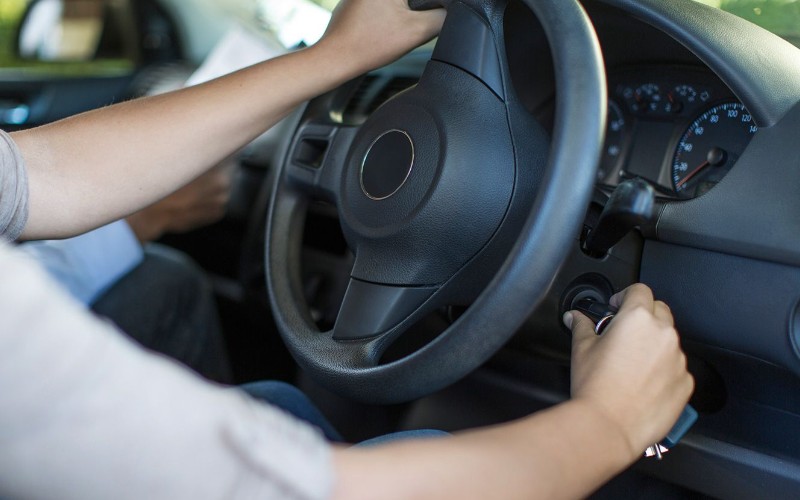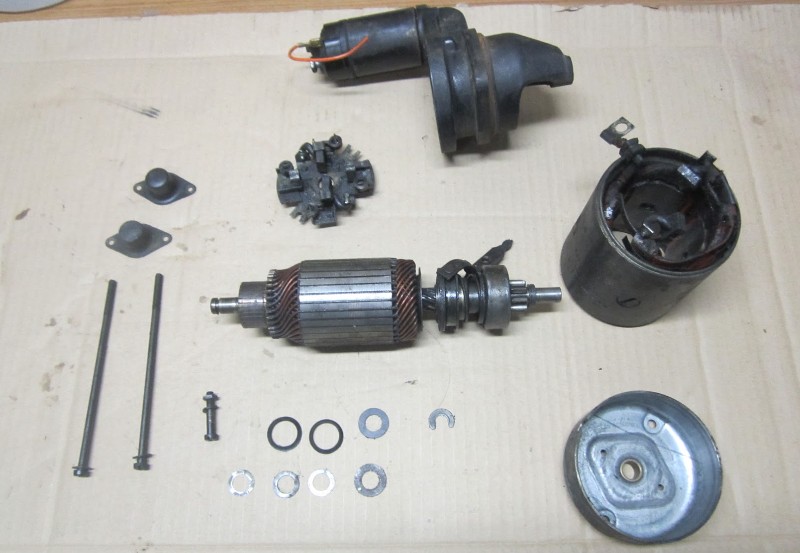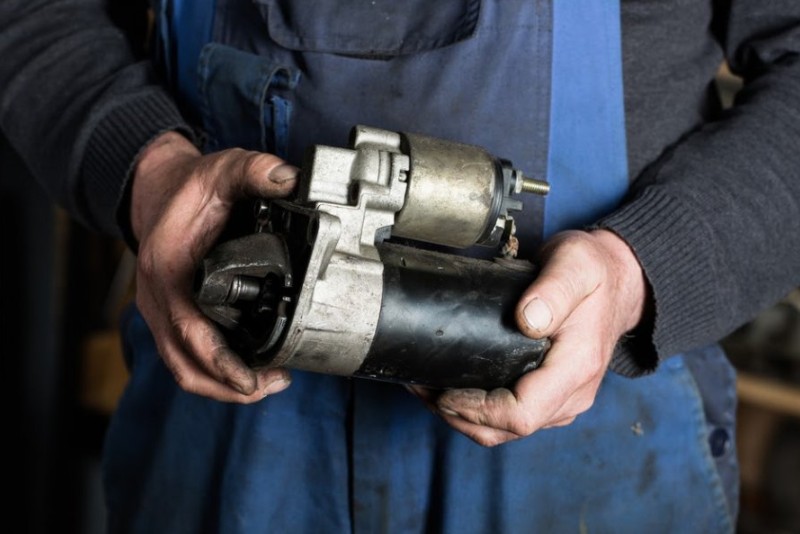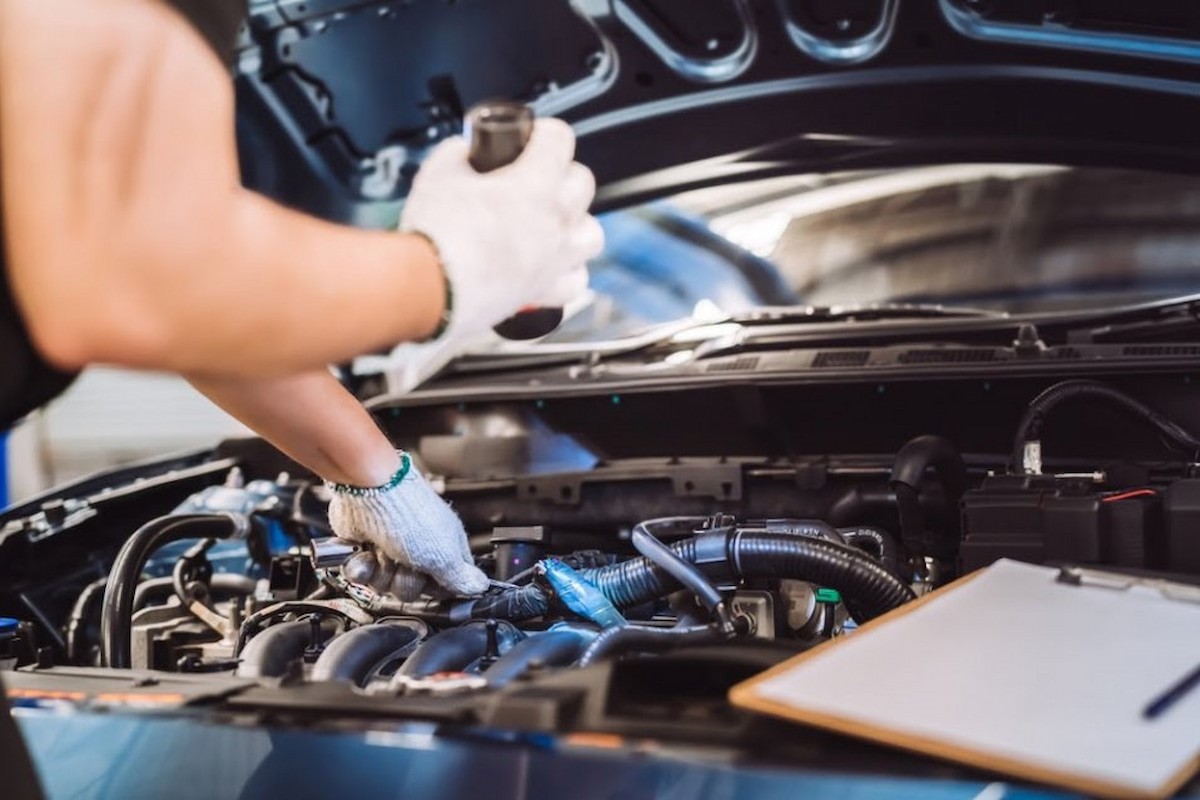Automotive: The Whats, Whys and Hows of Engine Starter Motors
If you’re having trouble starting the car, the main culprits are often a flat or dead battery, a faulty alternator, frayed or damaged wiring, or issues with the starter motor. While these are some of the last parts to fail on any car, when they do, you’ll often hear a clicking noise and the engine failing to turn over. Fortunately, these car components are easy to come by, and very easy to replace.
What Is a Starter Motor?

Starter motors play a crucial role in your car’s starting system. This is the electric part that is used to enable the engine to start working on its own power. It turns on with the turn of the ignition key and is supplied with power from the car battery. This activates the solenoid and at the same time pushes the gear into contact with the flywheel which is attached to the crankshaft.
As the motor spins, the crankshaft spins in unison. The process creates suction and gives the engine its first breath to combust fuel. Since the engine doesn’t have the power to start on its own, it’s the engine starter motor that gives it the initial boost. This is done within a second or two and is known as turning the engine over.
What Parts Is It Made Of?

Several parts make up a starter motor. These include the armature, commutator, carbon brushes, solenoid, plunger, lever fork, pinion, and field coils. The armature is an electromagnet mounted on the drive shaft and held in place by bearings. It consists of conductor windings wrapped around a laminated soft iron core to allow current to pass through it.
The commutator is part of the shaft at the rear on which brushes run to conduct electricity. This consists of two plates attached to the armature and which provide the connection for the electromagnetic coils.
One of the parts to fail first is the carbon brushes. These make contact with the contacts in the commutator and conduct electricity. The solenoid can be regarded as a switch. It contains two coils of wire wrapped around a moveable core and opens and closes the circuit that connects the car battery and the engine starter motor.
The plunger and lever forks are the parts tasked to push the pinion, a combination of gears and springs that move forward to engage the flywheel. The mechanism disengages once the engine starts. Lastly, the field coils provide the initial electromagnetic field from the battery to turn the armature.
What Kind of Types Are There?
Different engines will require a different starter motor to turn them over. There are several types, and newer designs capable of pushing higher torque numbers to the flywheel while packaged in smaller housings are becoming more common.
A Direct Drive (DD) vehicle starter motor has the armature connected directly to the pinion gear. This is an older design. It is also heavier and bigger than the newer variants and offers a single rotation of the gear with each rotation of the armature. One drawback is the low torque it generates, so not ideal for cold-cranking bigger and high-compression engines, such as diesel. A revised design of direct drive models is the permanent magnet direct drive (PMDD), which uses permanent magnets instead of coils.
Higher torque and better efficiency are achieved with some form of gear reduction. Here there are two common types – those with planetary gear reduction (PLGR) and those with off-set gear reduction (OSGR). The first uses three planetary gears inside a stationary ring gear spinning on the same axis as the armature, to increase the torque (while reducing the speed) at the output pinion gear that attaches to the flywheel.
This allows for a smaller armature and therefore more compact design. Additionally, the 4:1 gear ratio produces enough torque to start engines with higher compression.
A similar design is that in OSGR units. Here a combination of offset gears, with the pinion gear and armature spinning on different axis, is what increases torque. An even smaller design is with permanent magnet gear reduction (PMGR), or models using a number of magnet field assemblies with the commutator and brushes delivering current directly to the armature.
Common Problems You May Experience

Assuming that you’ve tested the battery with a multimeter to ensure that it has enough juice, a faulty starter motor will display one or several of the following symptoms:
- The engine won’t turn over – this can be accompanied by lights coming on in the dash and not much else happening. It can be due to different reasons. Insufficient power supply from an otherwise healthy battery, but worn or corroded terminals or wiring is one common issue. This will additionally lead to a voltage drop. Another common cause is a damaged solenoid.
- Unusual noises – clicking, grinding and whining noises when turning the key are another giveaway sign that the starter has seen better days. Most often this is due to problems with the gears. If these noises persist, you risk damaging the flywheel as well.
- Overheating – the starter can overheat in which case you’ll see smoke from the bonnet.
- Sporadic starting – If the engine doesn’t turn over on the first attempt, but starts on the second, the likely cause is a faulty relay.
Replacing Faulty Starter Motors
If you have ascertained that the starter motor (and not a related component in the starting system) is at fault, then replacing it sooner than later is what’s recommended. Buyers can opt for OEM replacements that are often of the same type and put out the same power (or torque) as the original. These should ensure reliable cranking each time you turn the key. The only downside is the higher price compared to aftermarket options.
These starter motors are made by specialist companies that may or may not collaborate with carmakers to produce their products. The quality is roughly the same as the genuine part found in your car, but as mentioned, these are quite cheaper. The benefit of going the aftermarket route is that often times you can change from an older DD model to a smaller, lighter, and more efficient PLGR or OSGR unit.
